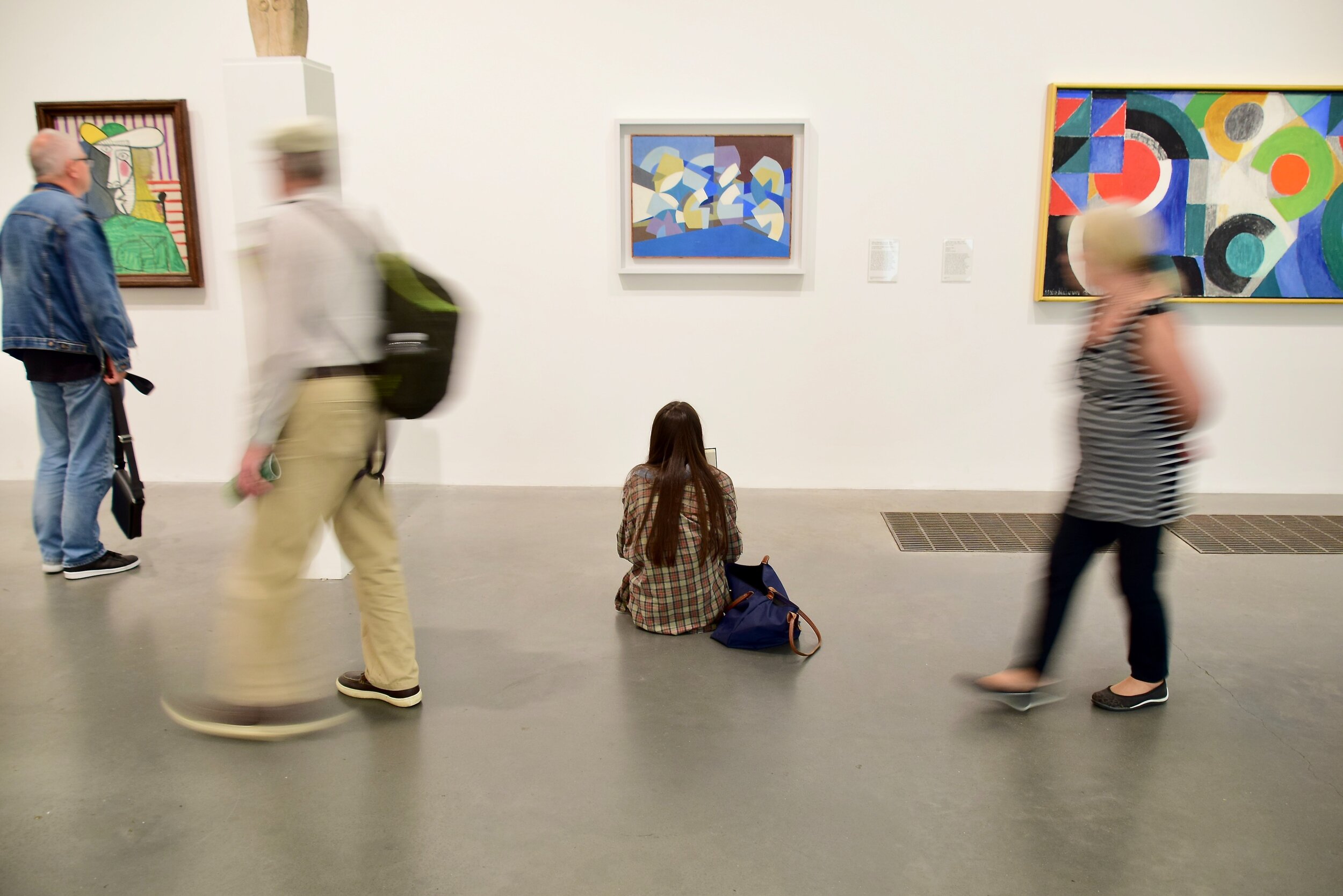The Transition from A Physical Space to A Virtual One
Reflections by Ebo Sackey, Facilities & Exhibitions Coordinator at Gallery 1265.
Photo by iSAW Company via Unsplash
The COVID-19 Pandemic brought about a lot of unprecedented changes to the way we do things, from mandatory mask mandates to social distancing and even to the unexpected stockpiling of toilet paper.
One of the most drastic changes however, and particularly the one that had the most impact on the gallery world, would have had to be the transition to a Work From Home economy. I had always imagined the gallery space to be one that was best experienced through a firsthand account, and I would say that statement still holds true, especially when considering art forms such as performance and sculpture. However, having to transition to a virtual space from the physical showed me the untapped potential of having a virtual presence for your organization.
Photo by iSAW Company via Unsplash
As the Facilities and Exhibitions Coordinator, majority of my role was performed in the physical gallery space. This included maintaining the space, acting as gallery attendant and ensuring that the audience attendance was being taken, maintaining the inventory of the gallery, among many other responsibilities. Due to the physical nature of my work, some might have believed there would be no need for a Facilities and Exhibitions Co-ordinator role now that the gallery space was be virtual, and yet the opposite was now true. As the Facilities and Exhibitions Co-ordinator, I had to be responsible for the maintenance and development of the digital platform, where the virtual gallery place was now located, as well as the management of our submissions to ensure they would fit seamlessly into our virtual space. What I learned from this experience was the fact that working in a virtual space afforded the gallery an opportunity to engage in vastly different and ambitious forms of programming that would have previously been unfeasible had we still been in the physical space. From literally being able to manipulate the virtual walls of the space—and not just through moveable walls and plinths, but the actual true layout of the space—there arose from this virtual platform the ability to deeply and extensively curate the space, of the work, along with the art itself. This, I found to be incredibly exciting, especially the implications and alternative applications, which I personally think are limitless.
Photo by iSAW Company via Unsplash
The shift to the virtual space was not impactful for just my role as the Facilities and Exhibitions Co-ordinator however. Through the virtualization of the space, the Curator now had the ability to be able to source artworks from all over the world, and to be create programming that featured artists and audiences miles apart. The Volunteer coordinator was able to build a team of volunteers working independently in different time zones, and the Communications and Community Outreach Director was able to capitalize on this opportunity to further digitize the Gallery’s presence and create effective, engaging outreach programs that ensured the Gallery still maintained its connections with its stakeholders, even though miles apart.
All in all, the COVID-19 pandemic brought with it a bunch of sour lemons, which the Gallery was masterfully able to turn into new, exciting, innovative lemonade. The digitization of a lot of human culture is a trend that has been underway for a while now, and one that has been quickened by the pandemic. The transition of the art space from a physical one to a virtual one is a change that was inevitable, and if well capitalized on, is a change that I believe can prove extremely beneficial for galleries all over the world.




